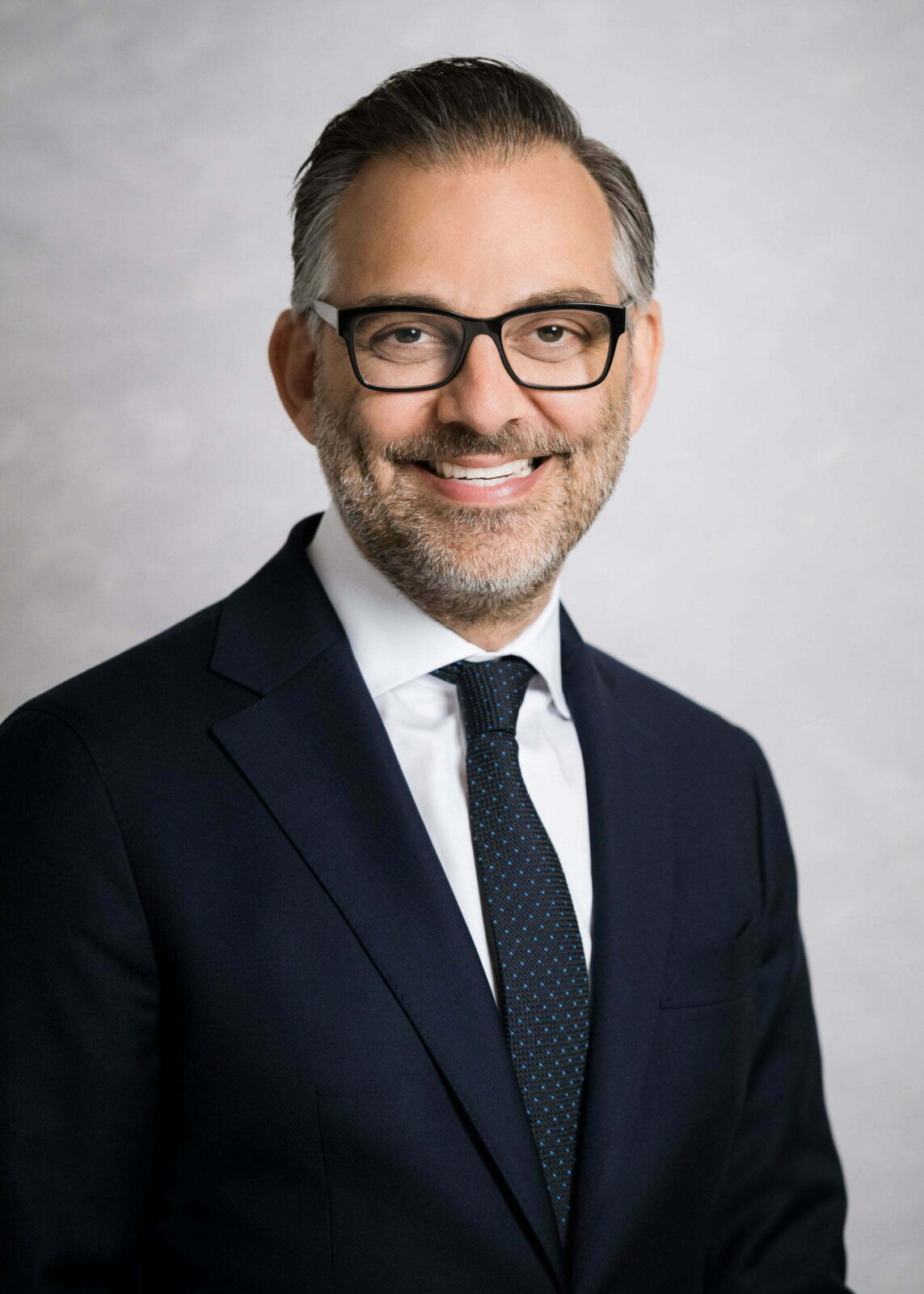Finger Fractures & Thumb UCL Ligament Tears: An Overview
The Hand & Wrist Center
at Modern Orthopedics of New Jersey
Experience Top Orthopedic Care
Schedule Now
Book an appointment to meet with a Board Certified Orthopedic Physician.
Paramus
72 Route 17 North
Paramus, NJ 07652
Wayne
2025 Hamburg Turnpike
STE C, Wayne, NJ 07470
Parsippany
3799 US-46
#207, Parsippany, NJ 07054
The human fingers and thumb are intricate structures that are vital to almost everything we do. When a finger fracture or thumb injury occurs, the impacts can be detrimental and far-reaching.
If you have sustained an injury to your fingers or thumb and are experiencing ongoing pain or other symptoms like swelling or limited range of motion, a fracture or ligament tear may be the cause. Below, we’ve provided an overview of finger fractures and thumb UCL (and RCL) ruptures, including their causes, symptoms, treatment options, and recovery:
Understanding Finger Fractures
Phalanges are the small bones that make up the fingers and thumb. Each finger has three phalanges—the distal phalanx (fingertip), middle phalanx, and proximal phalanx (closest to the hand)—while the thumb has only a distal and proximal phalanx. The phalanges are connected to each other by interphalangeal joints and to the long hand bones (metacarpals) by the metacarpophalangeal joint (MP), which may also be injured when a finger fracture occurs.
Phalangeal fractures in adults most often involve the distal phalanx. In children, injuries to the growth plate of the small finger are most common.
Causes and Symptoms of Finger Fractures
The most common causes of phalanx fractures are:
- The fingers being hit by a fast-moving object, such as a ball
- Breaking a fall with the hand
- Slamming the fingers, such as in a drawer or door
- Accidents with tools (hammers, power tools, etc.)
- Traumatic, high-impact events such as a car accident
Common symptoms of phalanx fractures include:
- Pain and tenderness
- Swelling of one or more fingers
- Bruising and/or redness
- Limited range of motion or stiffness
- Deformity
Exploring Thumb UCL Ligament Tears
The ulnar collateral ligament (UCL) is a strong ligament located at the base of the thumb in the webspace between the thumb and index finger. Supported by the radial collateral ligament (RCL), it provides stability to the thumb and is critical for movements such as gripping and pinching.
Each finger also has a UCL and RCL at the metacarpophalangeal joints, but the thumb UCL is the most commonly injured or torn. UCL injuries are involved in up to 86% of all injuries to the base of the thumb, while RCL injuries are less common.
An acute UCL injury is sometimes referred to as Skier’s Thumb, while a chronic UCL injury is sometimes referred to as Gamekeeper’s Thumb.
Causes and Symptoms of UCL Tears
UCL and RCL tears typically occur when overwhelming stress is placed in either the radial or lateral direction at the finger or thumb joint.
Gamekeeper’s Thumb occurs when the ulnar collateral ligament of the thumb is ruptured, allowing the thumb to deviate beyond its normal anatomic endpoint. This may or may not involve an avulsion of the bone, meaning a small fleck of bone pulled off with the ligament. Sometimes, a Stener Lesion will occur, in which the ligament becomes displaced above the adductor aponeurosis and will not heal without surgery.
Common symptoms of UCL and RCL tears include:
- Pain at the base of the thumb that worsens with movement
- Tenderness
- Swelling and/or bruising
- Weakened ability or inability to grasp or pinch
- Wrist pain (sometimes referred from the thumb)
Diagnosis and Imaging Techniques
Phalanx fractures are diagnosed through a thorough physical examination followed by X-rays. If a UCL tear is suspected, a physical examination may be followed by stress-view X-rays to check for widening at the location of the tear. An MRI is the most definitive way to determine the extent and location of a UCL and/or RCL tear. MRI or CT scans may also be indicated in cases where finger fractures are complex or difficult to visualize from X-ray images.
Treatment Options: Surgical and Non-Surgical
There are a variety of finger fracture patterns, and each one calls for a specifically tailored treatment plan that also takes into account the bone involved and the severity of the fracture. In addition, attention must be given to the rotation of the fingers that may be associated with a phalangeal fracture. Some fractures can be immobilized in a cast or splint while others may need to be manipulated into proper alignment or require surgical intervention for reduction and fixation of the fracture.
Treatment for UCL or RCL tears also depends on the severity and location of the tear. While non-surgical treatment may be effective in many instances, some UCL injuries require surgical repair to heal properly.
Non-Surgical Treatment Options
If the bone or ligament is in a good position for healing, conservative management may be indicated, which consists of strict immobilization for approximately 4-6 weeks. If the injury does not respond to non-surgical treatment in this period of time, surgery may be necessary.
Phalanx CRPP
Phalanx Closed Reduction and Percutaneous Pinning (CRPP) allows phalanx fractures to be realigned and stabilized with metal wires. This usually doesn’t require any kind of incision but does involve small poke holes where the wires are inserted. The procedure is carried out in an operating room under sterile conditions and with a live X-ray that can show when the bones have been reset back to anatomic alignment.
Phalanx ORIF
Phalanx open reduction and internal fixation (ORIF) surgery is usually reserved for fractures that are in many pieces or unstable and need to be stabilized with internal hardware. It involves making an incision over the fracture and putting hardware over the bone to realign the pieces. This hardware is designed to remain inside and often does not need to be removed.
UCL and RCL Repair
If a collateral ligament fails to heal with conservative management or is displaced (known as a Stener lesion), surgical intervention may be necessary. UCL and RCL repair surgery involves making an incision over the disrupted ligament and repairing the native tissue. If a primary repair isn’t possible or the injury is chronic in nature, the ligament may be reconstructed with a tendon autograft. This procedure may involve the use of a small suture anchor in the bone to ensure a solid repair.
Recovery and Rehabilitation Guidelines
Recovery times after phalanx fracture and collateral ligament repair surgeries are estimated as follows:
- Phalanx CRPP – Patients are generally immobilized for about 4 weeks (depending on the fracture). Once the fracture has healed, the pins are removed.
- Phalanx ORIF – The bone takes approximately 4-6 weeks to heal and is kept in anatomic alignment by hardware.
- UCL and RCL Repair – Patients are typically immobilized for 4-6 weeks before beginning physical therapy to regain motion and strength. A custom removable brace may also be used temporarily for rest and comfort.
Take Action: Your Next Steps
Living with finger or thumb pain makes for ongoing challenges and frustrations and negatively impacts your quality of life. Finding a permanent solution may be as simple as seeing a specialist who can accurately diagnose and treat your injury or condition.
Schedule an Appointment With a Specialist
At Modern Orthopaedics of New Jersey, our award-winning team of world-class surgeons is always ready to diagnose and treat patients with the utmost care, skill, and professionalism. Schedule an appointment to resolve your finger or thumb pain today!

Our Awarded
Specialists

Peter DeNoble, MD, FAAOS
Hand, Wrist, Shoulder & Elbow Surgeon

David Ratliff, MD, FAAOS
Hand, Wrist, Shoulder & Elbow Surgeon

Alejandro Morales-Restrepo, MD
Hand, Wrist, Shoulder & Elbow Surgeon

A Different Orthopedic Experience.
Treatment Diversity
We offer a comprehensive range of treatments, ensuring personalized, targeted plans for every patient.
Collaborative Care
Our multi-disciplinary approach involves various specialties to provide comprehensive care and recovery.
Patient Focus
We prioritize patient comfort and satisfaction, creating a supportive environment for optimal healing.
Technological Excellence
We utilize cutting-edge technology for precise diagnosis and innovative treatment options.
Skilled Experts
Our team is composed of highly skilled, experienced orthopedic professionals, providing expert care.
Post-Treatment Support
Our robust post-treatment support ensures ongoing patient care through recovery and rehabilitation services.
About Us
Modern Orthopaedics specializes in conditions and treatments of the shoulder, elbow, hand/wrist, hip, knee and foot/ankle with locations in Wayne, Parsippany, and Paramus, NJ.
Serving
Navigation
Our Locations

